Understanding the Legal Framework for Trademark Applications in Canada
The Role of Descriptiveness in Trademark Law
In the realm of trademark law, the concept of descriptiveness plays a pivotal role in determining the registrability of a mark. A trademark that is deemed to be clearly descriptive refers to one that immediately conveys the nature, quality, or characteristic of the goods or services in association with which it is used. Such marks face significant hurdles in registration, as they fail to distinguish the goods or services of one entity from those of another.
However, not all descriptive marks are barred from registration. Marks that have acquired distinctiveness, or a ‘secondary meaning’, through extensive use may still qualify for protection. This is because they have become uniquely associated with a particular source in the minds of consumers. The criteria for assessing this acquired distinctiveness include:
- Recognition by consumers as a source identifier
- Constant and popular use in commerce
- Exclusion of marks that have become generic
Navigating the complexities of trademark law can be challenging, but with the right guidance, it is possible to overcome objections related to descriptiveness. Substance Law offers comprehensive legal services, including representation in intellectual property and internet issues, which are crucial when dealing with trademarks. Their knowledge can be invaluable in ensuring that your application adheres to the legal standards and in responding effectively to any objections that may arise during the registration process.
Defensive Measures Against Claims of Infringement
When faced with claims of trademark infringement, it is crucial to understand the defensive measures available. Formal demands and cease-and-desist letters are initial steps that can be taken without resorting to legal action. However, these measures do not constitute legal preconditions and cannot prevent a rights-holder from pursuing their claims in court.
In the event that infringement persists, escalating to legal action may be necessary. A successful defence can lead to the court ordering the plaintiff to compensate the defendant for legal costs. Substance Law can guide you through these complex proceedings, ensuring that your rights are robustly defended. The following are recognized statutory defences against trademark infringement:
- Validity cancellation (e.g., based on bad faith)
- Non-use invalidation
- Implied license
- Absence of an infringing act
- No likelihood of confusion
- Functionality defence
- Expiry of the statute of limitations
Substance Law’s knowledge encompasses a wide range of legal services, including intellectual property and internet law, which are critical when navigating trademark disputes. Our team is equipped to handle both plaintiff-side and defendant-side representation, ensuring a comprehensive approach to your legal needs.
Criteria for Assessing Trademark Registrability
When assessing the registrability of a trademark in Canada, several critical criteria must be met to ensure that the mark can be legally protected. The trademark must be inherently distinctive, meaning it should not be descriptive or deceptive regarding the characteristics of the goods or services it represents. It is essential that the mark is not confusingly similar to any previously registered trademarks, as this could lead to a likelihood of confusion in the marketplace.
The registrability of a trademark hinges on its ability to function as a unique identifier for the products or services offered. This includes marks that are:
- Visible or invisible (e.g., sound marks)
- Embodied in letters, words, designs, images, shapes, colors, or a combination thereof
However, it is important to note that not all types of marks are entitled to protection. For instance, marks that are merely presented in non-Roman characters are not typically protected, while other non-traditional marks, such as 3D marks and position marks, may be registrable. Substance Law can provide expert guidance through the complexities of trademark law, ensuring that your application adheres to all necessary legal requirements and stands the best chance of successful registration.
Navigating the Trademark Registration Process and Potential Pitfalls
The Examination Stage: Ensuring Compliance with Legal Standards
During the examination stage of the trademark registration process in Canada, applicants must ensure that their proposed marks comply with the established legal standards. This critical phase involves a thorough review by examiners to ascertain that the mark is distinctive and not likely to cause confusion with existing trademarks. Ensuring that a mark is not clearly descriptive or deceptively misdescriptive is paramount, as such characteristics can lead to objections or even refusals of the application.
To navigate this process successfully, it is essential to:
- Conduct a comprehensive search to identify any similar or identical trademarks.
- Evaluate the distinctiveness of the proposed mark in relation to the goods or services it represents.
- Prepare and submit a well-founded argument if the examiner raises any objections.
Substance Law is equipped to assist clients through each step, offering legal services that include representation in various litigation matters, business law services, and intellectual property law. Their knowledge can be particularly valuable when responding to objections based on descriptiveness or deceptive misdescriptiveness, ensuring that your application is positioned for success.
Challenges Arising from Descriptive or Deceptively Misdescriptive Marks
When navigating the trademark registration process, applicants often encounter the complex issue of descriptiveness. A mark is considered descriptive if it directly conveys information about the goods or services it represents. This can lead to challenges in registration, as the Canadian Intellectual Property Office (CIPO) seeks to prevent the monopolization of common language and terms that should be available for all to use. Marks that mislead or deceive consumers about the origin, quality, or value of goods or services are particularly problematic.
For instance, a mark that suggests a product contains a certain ingredient or quality that it does not possess may be deemed deceptively misdescriptive. Such marks can confuse consumers and undermine fair competition. The following points highlight key considerations:
- The mark’s potential to confuse or mislead consumers about the nature, quality, or geographic origin of the product.
- Whether the mark is generic or merely descriptive without any distinctive character.
- The presence of any deceptively misdescriptive components that could affect consumer perception.
Substance Law can provide expert guidance to help you understand these nuances and navigate the potential pitfalls in your trademark application. With a professional approach, we ensure that your mark stands the best chance of successful registration while avoiding the risks associated with descriptiveness and deception.
Responding to Objections and Refusals in the Application Process
When an examiner raises objections to a trademark application, it is crucial to respond promptly and effectively. If the objections are not adequately addressed, the application may be refused. However, refusal based on absolute grounds can sometimes be overcome, for example, by demonstrating that a 3D mark has acquired distinctiveness through use or by obtaining necessary consents.
The process of responding to objections often involves:
- Reviewing the examiner’s concerns in detail.
- Preparing a robust argument or evidence to counter the objections.
- Negotiating with the examiner or third parties to resolve any issues.
In the event of an opposition, which is typically filed after the application is published in an Official Gazette, the proceedings can include pleadings, discovery, and depositions. Most oppositions are settled amicably, but if they escalate, they can lead to more formal legal proceedings. Substance Law can provide expert guidance and representation throughout this complex process, ensuring that your interests are protected at every stage. Legal services offered include plaintiff-side and defendant-side representation, business law, employment agreements, IP, provincial and municipal law, AGCO, MSB registration, NFTs/Crypto, taxes, and excise duty.
Conclusion
In conclusion, navigating the complexities of Canadian trademark applications requires a thorough understanding of the legal criteria for registration. A trademark must be distinctive, non-deceptive, and not infringe upon existing rights to pass the rigorous examination process. Applicants must ensure their trademarks are not merely descriptive or deceptively misdescriptive, as these are grounds for opposition. The application process demands precision and honesty, from accurately representing the trademark to providing a detailed list of goods and services. Any application submitted in bad faith or without proper entitlement is vulnerable to legal challenges. Ultimately, securing a trademark registration certificate is a meticulous journey that hinges on the mark’s inherent distinctiveness and the applicant’s adherence to the stringent requirements of the Law.
Frequently Asked Questions
What are the criteria for a trademark to be considered clearly descriptive in Canada?
In Canada, a trademark is considered clearly descriptive if it directly conveys the nature, quality, or other characteristics of the goods or services in question. This includes trademarks that are geographically descriptive or that are a surname. If a trademark is too descriptive, it may not be registrable because it fails to distinguish the goods or services of one business from those of another.
What does it mean for a trademark to be deceptively misdescriptive?
A trademark is deceptively misdescriptive if it misleads consumers regarding the nature, quality, or geographic origin of the goods or services. This can occur when the trademark suggests a characteristic that the goods or services do not possess. Deceptively misdescriptive trademarks are not registrable because they can cause consumer confusion and harm the integrity of the marketplace.
How does one respond to an objection or refusal based on descriptiveness or deceptiveness?
If a trademark application in Canada faces an objection or refusal on the grounds of descriptiveness or deceptiveness, the applicant can respond by arguing that the mark has acquired distinctiveness through extensive use, providing evidence of such use, or amending the application to overcome the objections. Legal advice may be necessary to navigate these issues effectively.



